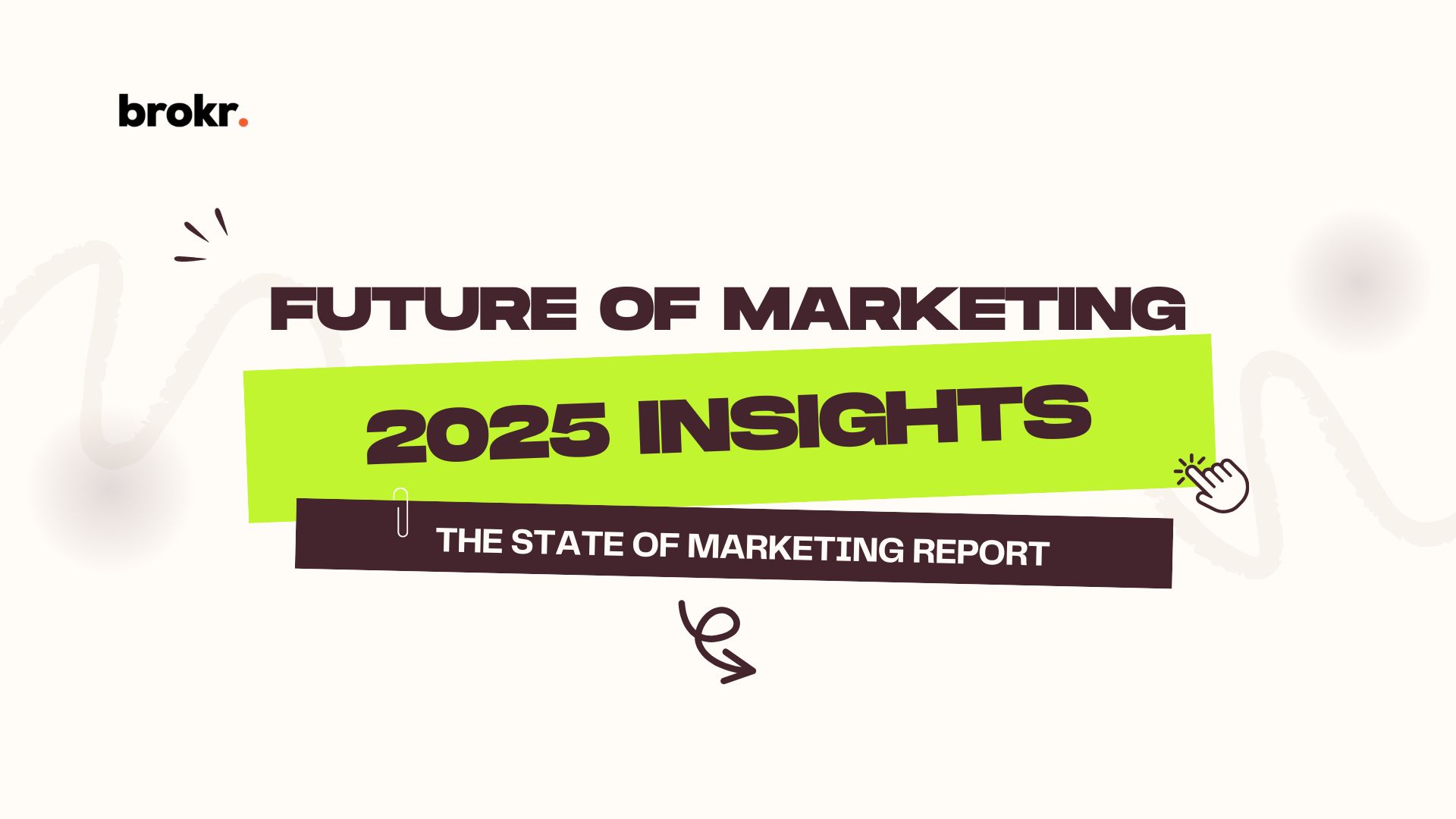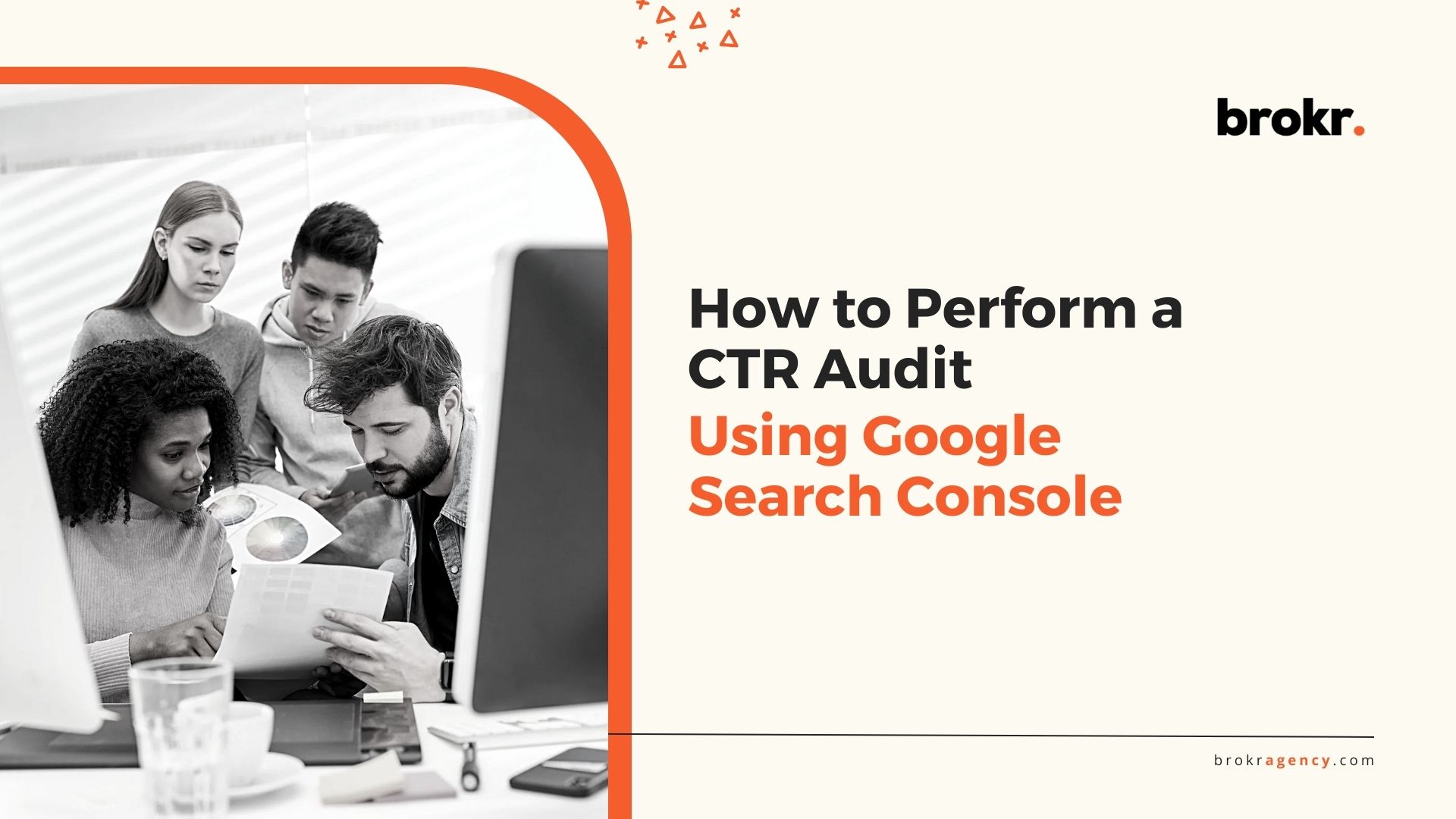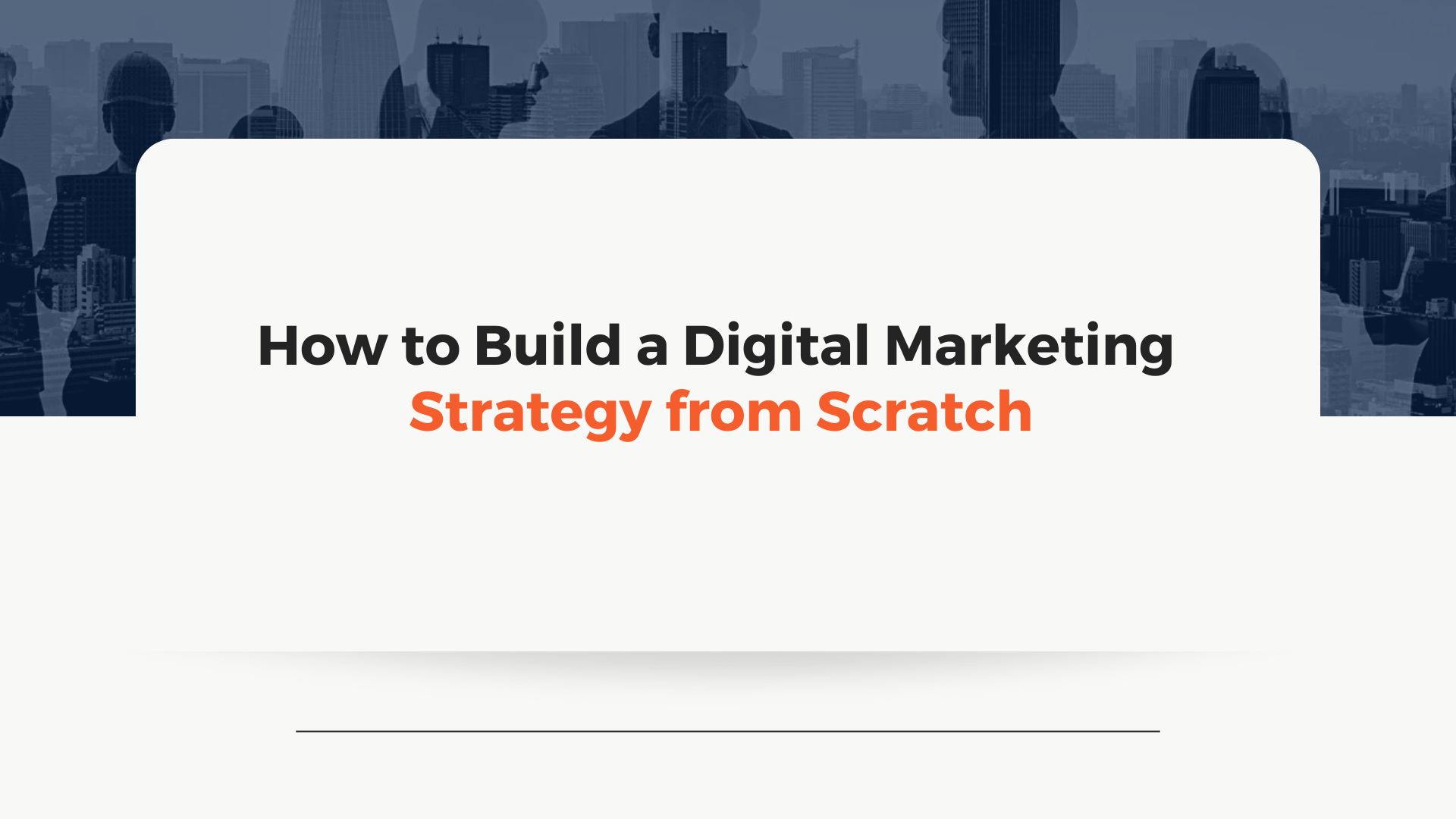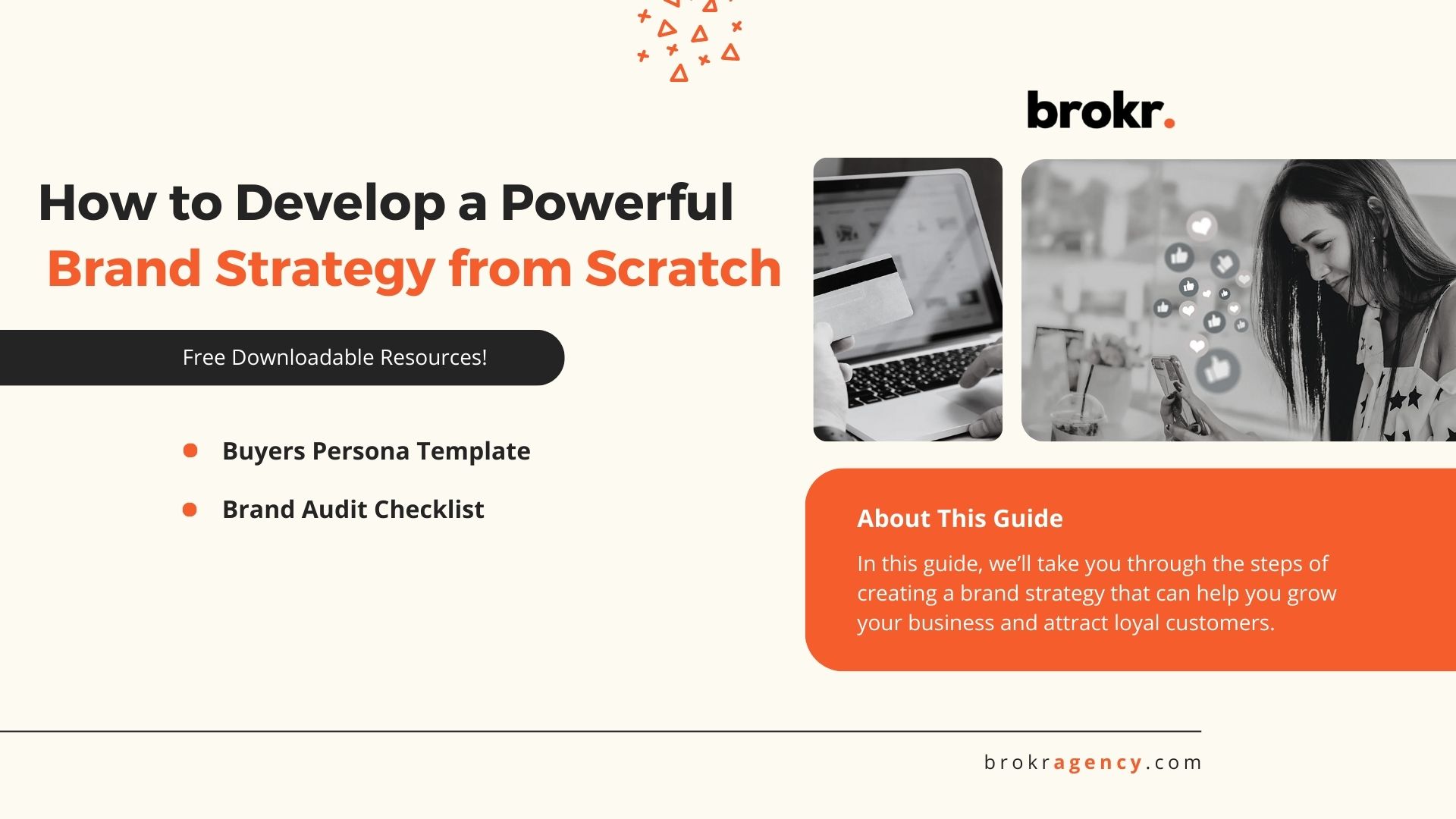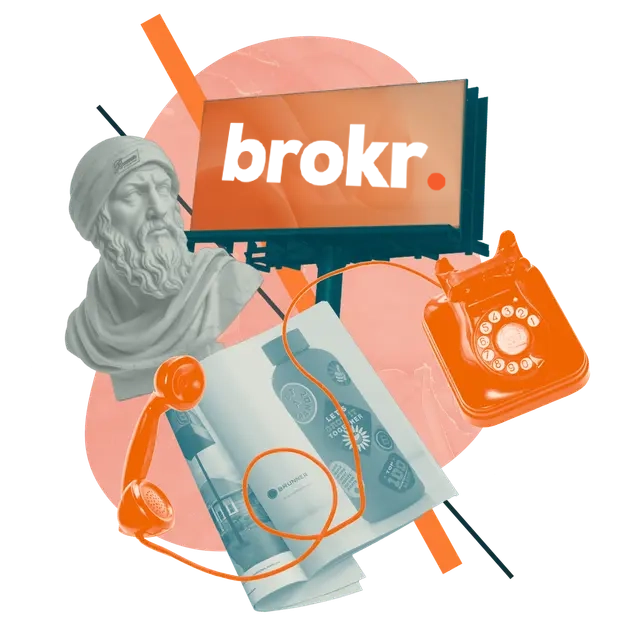From Traffic Metrics to Revenue-Driven Strategies
In 2015, digital marketing success was predominantly measured by website traffic. Marketers focused on driving as many visitors as possible, operating under the assumption that higher traffic would naturally lead to increased sales. However, as we step into 2025, this perspective has shifted dramatically. The digital ecosystem has evolved, with platforms like Google, Meta (formerly Facebook), and TikTok creating environments where users remain within their ecosystems, limiting the effectiveness of traditional traffic-centric strategies. Consequently, businesses are now prioritizing metrics that directly impact revenue, such as engagement, conversion rates, and customer retention.
This comprehensive report delves into the current state of marketing in 2025, exploring the trends, challenges, and opportunities that define the industry today. By examining industry insights, expert opinions, and real-world examples, we aim to provide a roadmap for businesses seeking to adapt and thrive in this ever-changing landscape.
The Decline of Traffic as a Primary Metric
The Rise of Walled Gardens
Over the past decade, major digital platforms have increasingly adopted “walled garden” strategies, creating self-contained ecosystems that encourage users to stay within their platforms. For instance, TikTok’s expansion into local services in the U.S. aims to connect local businesses with users and creators, boosting commerce and local advertising within the app itself. This approach not only enhances user experience but also keeps users engaged without redirecting them elsewhere.
Similarly, social media platforms have introduced features like in-app shopping, stories, and native video content to retain users. These developments have made it increasingly challenging for businesses to drive traffic to external websites, necessitating a shift in marketing strategies.
Quality Over Quantity
The realization that not all website traffic is valuable has become more pronounced. High traffic volumes do not necessarily translate to higher conversion rates. As marketing expert Dan Zarrella aptly stated, “Marketing without data is like driving with your eyes closed.” This underscores the importance of understanding the quality and intent of website visitors rather than focusing solely on numbers.
Evolving Consumer Behavior
Consumer behavior has shifted significantly, with users now spending more time on social media platforms, engaging with content, and making purchases without leaving these ecosystems. This trend has diminished the effectiveness of strategies solely aimed at driving external traffic, prompting marketers to adapt to new consumer habits.
The 2025 Marketing Framework: Key Focus Areas
To succeed in this transformed landscape, businesses must pivot their strategies towards metrics that directly influence revenue. The following key focus areas have emerged as critical components of the 2025 marketing framework:
1. Engagement: Building Authentic Connections
Engagement has become the cornerstone of modern marketing strategies. It’s no longer sufficient to broadcast messages to a broad audience; instead, brands must foster genuine interactions that resonate with their target market.
Strategies to Enhance Engagement:
- Personalized Content: Utilizing data analytics to create content tailored to individual preferences and behaviors. This approach increases relevance and encourages deeper connections.
- Community Building: Developing platforms or forums where customers can interact with the brand and each other, fostering a sense of belonging and loyalty.
- Interactive Experiences: Implementing interactive elements such as polls, quizzes, and live events to actively involve the audience and encourage participation.
As marketing visionary Scott Cook noted, “A brand is no longer what we tell the consumer it is—it is what consumers tell each other it is.” This highlights the power of engagement in shaping brand perception.
2. Conversion Optimization: Turning Interest into Action
With rising customer acquisition costs, optimizing the conversion process has become imperative. Every interaction should be designed to guide the consumer seamlessly toward the desired action, whether it’s making a purchase, signing up for a newsletter, or any other goal.
Strategies for Conversion Optimization:
- User-Centric Design: Ensuring websites and applications are intuitive, responsive, and tailored to the user’s journey.
- A/B Testing: Regularly testing different design elements, copy, and calls-to-action to determine what resonates best with the audience.
- Personalized Recommendations: Leveraging AI to provide product or content suggestions based on user behavior and preferences, thereby increasing the likelihood of conversion.
As Peter Drucker famously said, “The best way to predict the future is to create it.” By proactively optimizing conversion strategies, businesses can shape their own success.
3. Retention: Cultivating Long-Term Relationships
Retaining existing customers is often more cost-effective than acquiring new ones. In 2025, customer retention strategies have become more sophisticated, focusing on delivering continuous value and personalized experiences.
Strategies for Enhancing Retention:
- Loyalty Programs: Implementing reward systems that offer exclusive benefits to repeat customers, encouraging ongoing engagement.
- Personalized Communication: Utilizing customer data to send tailored messages, offers, and content that align with individual preferences and behaviors.
- Exceptional Customer Support: Providing responsive and empathetic customer service to address issues promptly and maintain trust.
As Ralph Waldo Emerson observed, “Nothing great was ever achieved without enthusiasm.” Approaching customer retention with enthusiasm and dedication can lead to remarkable outcomes.
4. AI and Automation: Enhancing Efficiency and Personalization
Artificial Intelligence (AI) and automation have revolutionized marketing by enabling hyper-personalization and operational efficiency. These technologies allow businesses to analyze vast amounts of data, predict consumer behavior, and deliver tailored experiences at scale.
Applications of AI and Automation in Marketing:
- Chatbots and Virtual Assistants: Providing instant customer support and guiding users through their purchasing journey.
- Predictive Analytics: Using AI to forecast trends and consumer behavior, enabling businesses to make data-driven decisions.
- Automated Content Creation: Leveraging AI to generate personalized marketing messages, product recommendations, and ad creatives.
As Bernard Marr, a leading business and technology expert, states, “AI is the electricity of the 21st century—it will transform every industry.” (forbes.com) Businesses that embrace AI-driven marketing will gain a competitive advantage by enhancing efficiency and delivering highly personalized customer experiences.
The Role of First-Party Data in a Post-Cookie World
With the phasing out of third-party cookies and increasing privacy regulations, businesses must adapt to a new data-driven marketing approach. First-party data—information collected directly from customers—has become the cornerstone of effective marketing in 2025.
Strategies for Leveraging First-Party Data:
- Customer Data Platforms (CDPs): Investing in CDPs to unify data from different sources and create a holistic view of customer interactions.
- Email and SMS Marketing: Strengthening direct communication channels to nurture relationships without relying on third-party tracking.
- Interactive Content and Surveys: Engaging customers in ways that encourage voluntary data sharing while providing value.
As Google has announced plans to phase out third-party cookies in Chrome by the end of 2024, businesses that build strong first-party data strategies now will be better positioned for success. (searchenginejournal.com)
Platform-Specific Marketing in 2025
Instead of attempting to drive traffic away from platforms, businesses must optimize their presence within each ecosystem.
TikTok: Short-Form Video and Social Commerce
TikTok remains one of the most influential platforms, with over 1.5 billion users in 2025. The platform’s focus on short-form video and its growing e-commerce capabilities make it a crucial channel for brands.
Key Strategies for TikTok Marketing:
- Leverage TikTok Shop for seamless in-app purchasing.
- Collaborate with micro-influencers for authentic brand promotions.
- Utilize trending audio and challenges to increase visibility.
LinkedIn: B2B Thought Leadership and Community Building
With over 1 billion users, LinkedIn continues to dominate the B2B space. The platform’s shift toward long-form content, interactive posts, and AI-generated insights makes it a valuable tool for professionals and businesses.
Key Strategies for LinkedIn Marketing:
- Publish thought leadership articles to establish credibility.
- Engage in meaningful conversations within industry-specific groups.
- Use LinkedIn Ads with precise audience targeting for lead generation.
Instagram and Facebook: Paid Advertising and Reels
Meta’s platforms remain crucial for businesses due to their advanced advertising capabilities. However, the shift toward video content, particularly Reels, has changed the engagement landscape.
Key Strategies for Instagram and Facebook Marketing:
- Prioritize video content over static posts.
- Use AI-powered targeting in Meta Ads to optimize performance.
- Leverage user-generated content (UGC) to enhance authenticity.
Google Search: AI-Powered Search and SEO Adaptation
With Google integrating AI-generated search results (SGE), traditional SEO practices are evolving. Marketers must now optimize content for AI-driven search rather than just ranking on traditional SERPs.
Key Strategies for SEO in 2025:
- Structure content for AI-generated snippets.
- Focus on high-quality, in-depth content rather than keyword stuffing.
- Optimize for voice search and conversational queries.
The Future of Marketing: What’s Next?
As marketing continues to evolve, several trends are expected to shape the industry in the coming years:
- Hyper-Personalization: AI and machine learning will enable brands to deliver highly customized experiences based on real-time user data.
- Augmented Reality (AR) and Virtual Reality (VR): Brands will explore immersive experiences for product demonstrations and virtual shopping.
- Decentralized Social Media: Blockchain-based platforms may challenge traditional social networks, offering greater user control over data and monetization.
How Brokr Can Help You Navigate the Future of Marketing
In this rapidly changing digital landscape, businesses need a partner who understands the intricacies of modern marketing. Brokr helps brands move beyond vanity metrics like traffic and focus on real revenue-driving strategies.
With Brokr, you can:
- Optimize engagement through data-driven content strategies.
- Maximize conversions with AI-powered user experience enhancements.
- Retain customers through advanced personalization and loyalty programs.
- Leverage platform-specific strategies to dominate in-app ecosystems.
- Utilize first-party data for marketing in a post-cookie world.
Marketing in 2025 isn’t just about getting clicks—it’s about driving meaningful interactions that lead to revenue.
We’re excited to share that Brokr Agency has been recognized as one of the top Alabama Digital Marketing Agency picks by DesignRush! This recognition reflects our team’s dedication to delivering real results through strategy, creativity, and data-driven performance. From local startups to established brands, we’re proud to help businesses across Alabama grow and thrive in the digital space.

